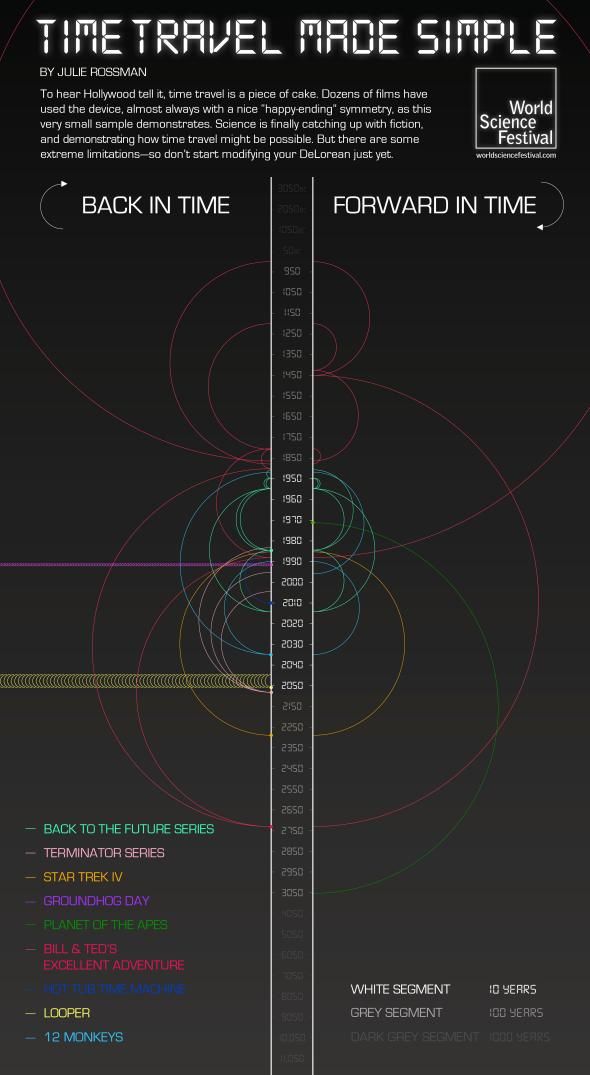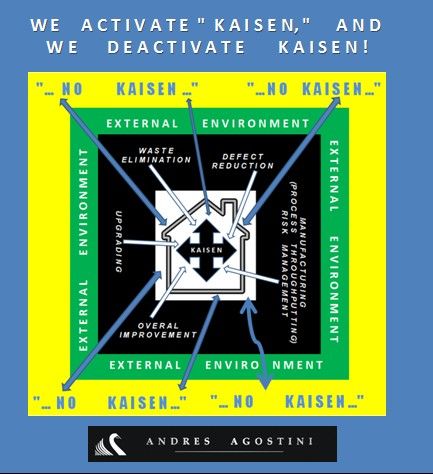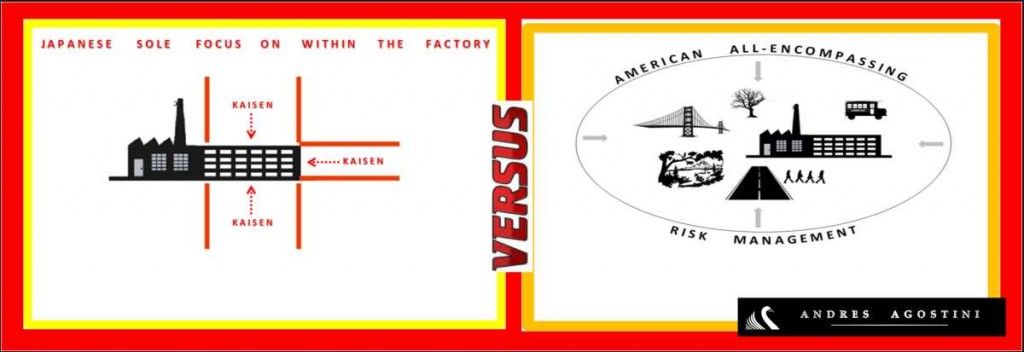T1: A numerical instability applies to time-inverted trajectories in deterministic statistical thermodynamics.
T2: A numerical instability applies to non-time inverted trajectories in deterministic statistical cryodynamics.
Cryodynamics in contrast to thermodynamics is based on inter-particle attraction rather than inter-particle repulsion. T2 implies that in numerical simulations of attraction-based gases, markedly deviating trajectories are necessarily generated. Since this fact went unrecognized, a whole new time’s arrow got overlooked numerically.
Discussion
T1 is compatible with the empirical fact that thermodynamics-type many-particle symplectic numerical simulations function well. Theoretically, T1 is a numerical implication of Boltzmann’s famous theorem titled “hypothesis of molecular chaos.”
T2 is nothing but a corollary to T1, valid after inversion of all inter-particle potentials from smooth-repulsive towards smooth-attractive. T2 explains an important historical fact: numerical non-discovery of cryodynamics over more than six decades.
Cryodynamics is the recently discovered sister discipline to thermodynamics which is valid for attractive rather than repulsive inter-particle potentials. A gas of mutually attractive Newtonian or post-Newtonian particles – like the gas of galaxies in the sky – represents a case in point. Molecular-dynamics simulations of such many-particle celestial-mechanical systems were done in the millions up until now: But no trace of the underlying cryodynamics (a disproportioning of the particles’ kinetic energies with time) was ever seen. Note that otherwise, Zwicky’s so-called “tired-light theory” of 1929 would have been rehabilitated long ago, for it presaged cryodynamics.
T2 reveals that in contrast to thermodynamics, cryodynamics implies its own “numerical opacity” in many-particle simulations. Therefore, the important role cryodynamics plays in physics cannot be reproduced numerically. Hence many-particle Newtonian simulations have hit a possibly impenetrable wall.
Acknowledgments
I thank Klaus Sonnleitner, Luc Pastur and John Kozak for discussions. For J.O.R.





